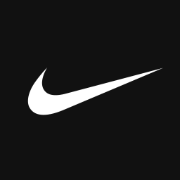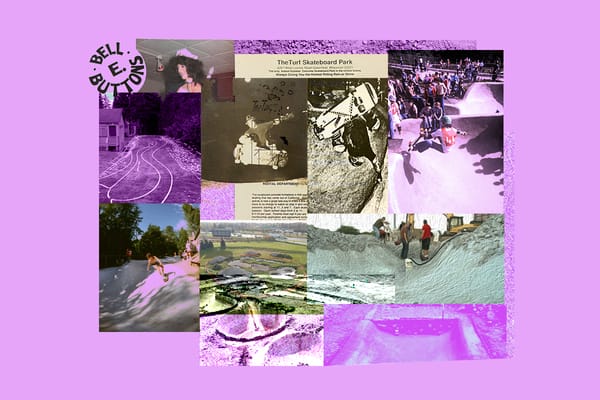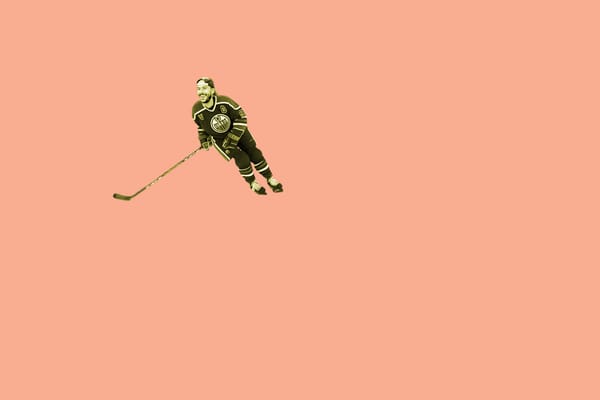Smoother plateaus
Rest in Peace, Kevin Wilkins. Baekkel wins SSOTY, if you must collab pt. 3, a shoutout to autumn, and more.

The definitive weekly ranking and analysis of all the skateboarding and other things online that I cannot stop consuming and how it makes me feel, personally.

Smoother plateaus: Rest in Peace, Kevin Wilkins
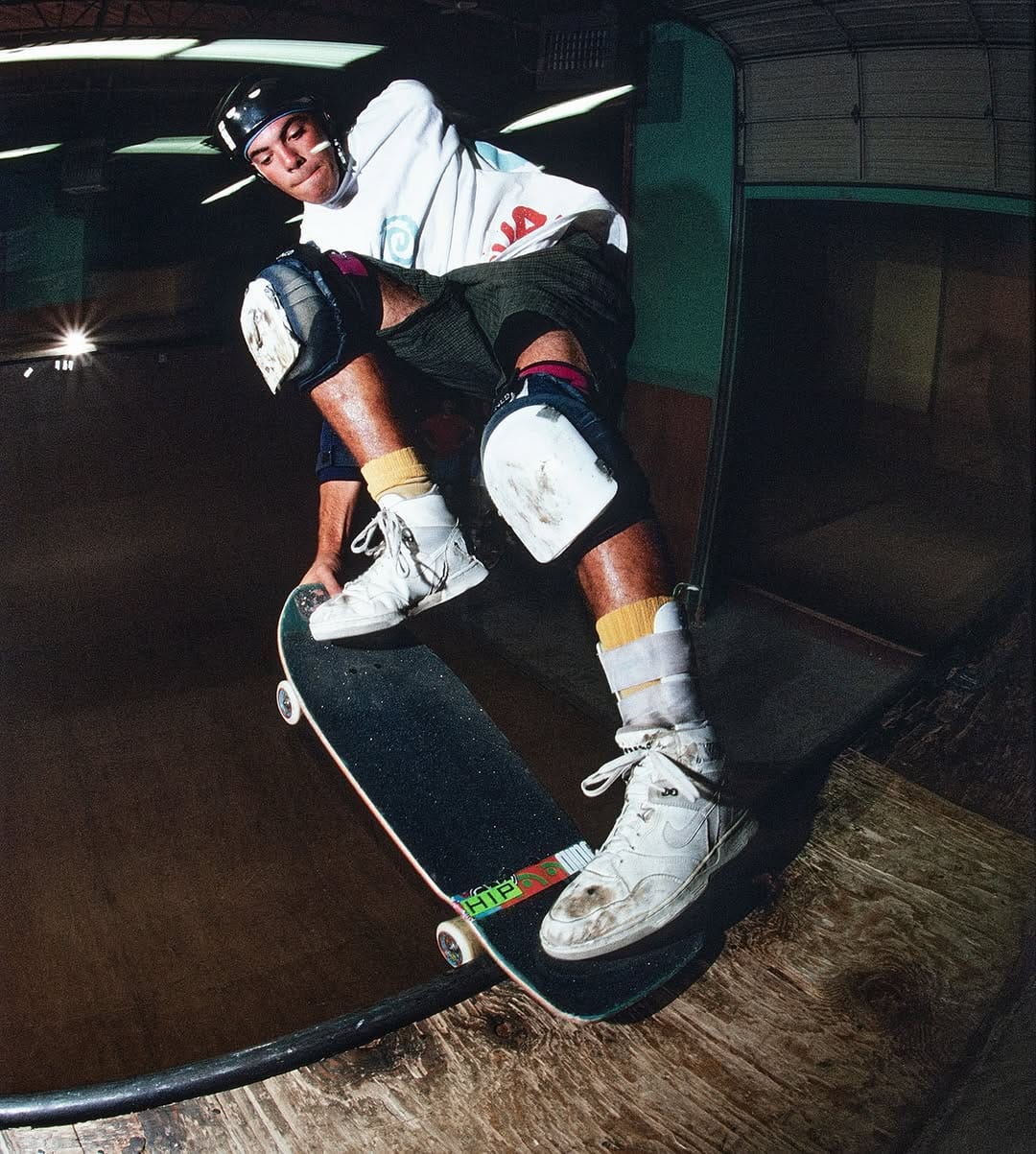
What we know about skateboarding — and, in many ways, what the skateboarder comes to know about themselves — comes from doing it and seeing it. The skateboarding, that is. Doing and seeing are inextricably linked, though each can be enjoyed separately, and one doesn't even have to be a "skateboarder" to appreciate them. But when mixed, there's a reaction: open a skate magazine and what you're seeing attaches to your lived, on-board experience like carbon dioxide molecules in Diet Coke to a handful of Mentos, and what you've been doing takes on explosive new possibility.
So much of what we understand about skateboarding, as with most anything, comes from the art, media, and marketing we consume. In the 1970s, skateboarders saw still photos in Skateboarder of skateboarders floating above the lip of backyard pools, scratched their heads and went, huh? It was pure alien motion, an action that had to be decoded by trial and error.
Everyone, everywhere, was trying to figure it out.
When I started skateboarding in the '90s, there was only so much I could make sense of with just me and my board in the driveway of my rural Albertan childhood home. What I was fortunate enough to understand, thanks to skate media, is that there was an entire world attached to this toy, one much bigger than my own. That's why I pored over skateboard magazines like religious texts — I needed to know more. There was salvation in those pages.
Kevin Wilkins died this week after a long battle with cancer. He was a father, husband, brother, skateboarder, and friend to many. I didn't know Willkins personally, but if you were also a Transworld-ass skater, you may feel like you knew him intimately. As a longtime writer and editor, his words and vision helped shape that magazine, where he had begun working in 1989.
Wilkins would go on to build a career in print media, across a number of outlets, eventually becoming a founding editor of The Skateboard Mag, where he carried on the often thankless task of making sense of skateboarding. Of treating it as it is: a living, breathing, fucked up, funny, beautiful, ever-evolving thing. Take this piece of his from an old issue of Transworld.
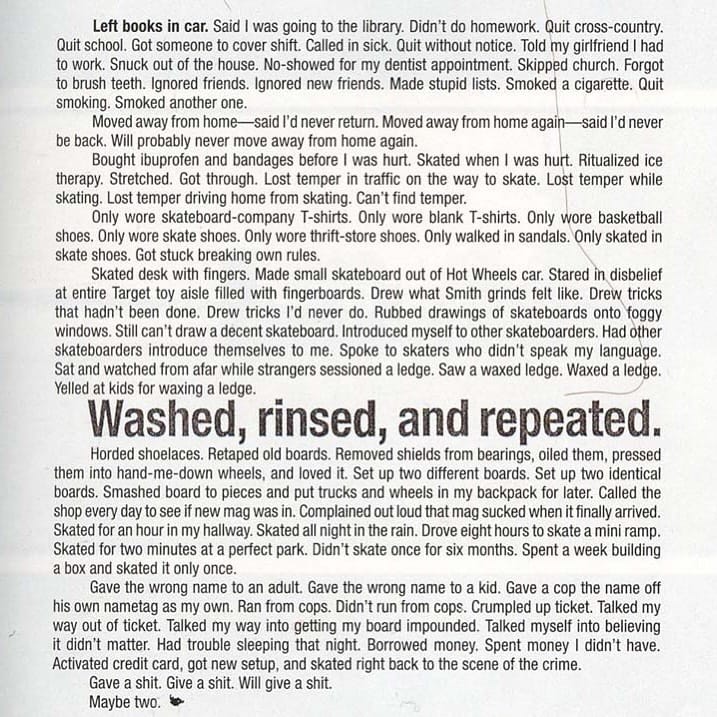
Left books in car. Said I was going to the library. Didn't do homework. Quit cross-country. Quit school. Got someone to cover shift. Called in sick. Quit without notice. Told my girlfriend I had to work. Snuck out of the house. No-showed for my dentist appointment. Skipped church. Forgot to brush teeth. Ignored friends. Ignored new friends. Made stupid lists. Smoked a cigarette. Quit smoking. Smoked another one.
Moved away from home — said I'd never return. Moved away from home again — said I'd never be back. Will probably never move away from home again.
Bought ibuprofen and bandages before I was hurt. Skated when I was hurt. Ritualized ice therapy. Stretched. Got through. Lost temper in traffic on the way to skate. Lost temper while skating. Lost temper driving home from skating. Can't find temper.
Only wore skateboard-company T-shirts. Only wore blank T-shirts. Only wore basketball shoes. Only wore skate shoes. Only wore thrift-store shoes. Only walked in sandals. Only skated in skate shoes. Got stuck breaking own rules.
Skated desk with fingers. Made small skateboard out of Hot Wheels car. Stared in disbelief at entire Target toy aisle filled with fingerboards. Drew what Smith grinds felt like. Drew tricks that hadn't been done. Drew tricks I'd never do. Rubbed drawings of skateboards onto foggy windows. Still can't draw a decent skateboard. Introduced myself to other skateboarders. Had other skateboarders introduce themselves to me. Spoke to skaters who didn't speak my language. Sat and watched from afar while strangers sessioned a ledge. Saw a waxed ledge. Waxed a ledge. Yelled at kids for waxing a ledge.
Washed, rinsed, and repeated.
Horded shoelaces. Retaped old boards. Removed shields from bearings, oiled them, pressed them into hand-me-down wheels, and loved it. Set up two different boards. Set up two identical boards. Smashed board to pieces and put trucks and wheels in my backpack for later. Called the shop every day to see if new mag was in. Complained out loud that mag sucked when it finally arrived. Skated for an hour in my hallway. Skated all night in the rain. Drove eight hours to skate a mini ramp. Skated for two minutes at a perfect park. Didn't skate once for six months. Spent a week building a box and skated it only once.
Gave the wrong name to an adult. Gave the wrong name to a kid. Gave a cop the name off his own nametag as my own. Ran from cops. Didn't run from cops. Crumpled up ticket. Talked my way out of ticket. Talked my way into getting my board impounded. Talked myself into believing it didn't matter. Had trouble sleeping that night. Borrowed money. Spent money I didn't have. Activated credit card, got new setup, and skated right back to the scene of the crime.
Gave a shit. Give a shit. Will give a shit.
Maybe two.
That's where Wilkins' work excelled: showing people how and why to give a shit. About skateboarding, its peculiarities, mundanities, and so much else that transcends, like craft, style, creativity, humour, life. As a kid, a country away, that's what stuck with me, though I may not have fully appreciated or understood it at the time. What I knew then was that he made sense. That this guy gave a shit. He helped me and so many others get it.
When print started to crumble under the bloat of the digital age, and physical skateboarding magazines fell, one by one, including Transworld and The Skateboard Mag, Wilkins kept writing.
His blog, The Good Problem, is a repository of essays and missives about skating and navigating the puzzles of living and aging and caring. It is sharp, messy, experimental, and moving. Kind of like skateboarding, if everything needs to come back around.
In one of the blog's final posts, from the summer of 2020, Wilkins writes about desiring a new ollie.
An ollie that comes unconsciously, one that elevates me from the middle of the gravel-y netherworlds and up to smoother plateaus, one that can literally raise me over whatever I see — even invisible stuff. That’s what I want.
Wilkins' influence is impossible to quantify, but if the flood of tributes online is any indication, it is as vast as expected. For the countless skaters whose careers he helped, the writers and photographers he opened the door for and mentored, and the generations of readers who felt seen, held, and inspired by his words, he made our gravel-y netherworlds navigable.
He's now rolling on smoother plateaus.

If one must collab, pt. 3
Rank: 1
Mood: ⚽🛹🏰
Longtime readers of this newsletter are familiar with my feelings on the brand collab. If not done with care, purpose, or direction, they become a mere superficial smushing together of logos — a cynical leveraging of two names in hopes of selling an item beleaguered by trademarks.
That's a bit harsh, sure. The brand collab can be more than a one-note marketing gimmick. Two companies may just be friendly and want to celebrate their relationship. A bigger brand could want to uplift an up-and-comer. Some are just for fun, an excuse to get together and make some stuff. Hell, this newsletter has done a couple of those. Ultimately, they're all about getting someone's eyes on something, which is why intent and execution are paramount.
Who is the consumer audience for a collaboration between a skateboard truck company and a skateboard shoe company that then produces a hoodie? Or a board company licensing the IP of a Christmas movie to make what might be the most visually repulsive apparel line devised this century. What about a streetwear brand that's ostensibly a skateboard company teaming up with a fast food giant to create a ruby-encrusted gold ring?

Spectacle factors into any brand collaboration. Success in the attention economy is seen as the prerequisite to success in the economy economy, and two audiences are understandably assumed to be better than one. But there is often a tendency to glide over or outright dismiss the most important question when planning a brand collaboration: who is this for?
Palace is a fascinating case study. The company is one of, if not the most, prolific collaborators in the skateboarding and fashion industries. They've long followed the hyper-brand-conscious, streetwear-scarcity model while also building their brand through their association with others. Their list of collaborators is mind-numbingly long and includes, among many others, Calvin Klein, Gucci, Umbro, Crocs, Stella Atrois, Reebok, Vans, Spitfire, Vivian Westwood, Barbour, the Detroit Tigers, Adidas, and Elton John. Some hit, some don't.
Those releases are all, in some way, geared toward the Hypebeasts among us. Those willing to shell out big cash for some alright-looking gear that is more a signal to other Hypebeasts than a true representation of taste, like pre-shrunk, wearable Labubus.
Corny, pointless — whatever your feelings about those collabs, what can't be denied is Palace's desire to go big with them. To use up all of their promotional budget in order to make strange, outlandish, compelling campaigns. Whether that's purchasing billboard space above the Times Square McDonald's for their collab, hiring Willem Dafoe for an ad spot or making a luxury suitcase, Palace isn't afraid to try some shit.
The business models of Primitive and Welcome Skateboards are, in theory, not dissimilar from Palace's. Each now seems to revolve around a series of collabs that appear to be aimed at a non-skateboard audience, widening the funnel, as it were. However, these are often confusing and low-effort. While there is undoubtedly a gulf between Palace's product development and marketing budgets and those of Primitive or Welcome, effort can still be put in. If it isn't, people can tell.
So little thought went into Welcome's Harry Potter licensing experiment that (if they are to be given the benefit of the doubt) the company didn't even seem to anticipate the obvious blowback. Because not only is Harry Potter author J.K. Rowling, very famously, a rabid transphobe whose work is being boycotted, but to promote this collab as the United States government is actively trying to legislate trans people out of existence, sends a signal to consumers, whether they meant to or not.
Which leads one to ask: Who is this shit for?
Palace's most recent collab with Nike is perhaps their most ambitious to date, and offers a clear answer to that question: it's for everyone, per a Nike press release.

Nike and Palace Skateboards, the renowned London-based streetwear and skateboarding brand, are redefining collaboration with the grand opening of Manor Place, a new cultural landmark in South London.
The historic venue, built in 1895 and steeped in sport heritage, is being revitalized as a vibrant hub for sport, creativity and community — open to all six days a week, free of charge.
“We had an idea of creating a large space for the community that would be about skateboarding and sport, and a space you could generally hang out in,” says Lev Tanju, Co-Founder and Creative Director, Palace. “When we spoke about the project, we knew Nike was the only brand in the world that could make something like this happen. We want Manor Place to be something positive for London — a city that has given us so much — and we’re really excited to give something back.”
Manor Place is designed to inspire the next generation of creatives, skaters and football players through three distinct zones: The Park and The Cage, The Front Room, and The Residency.
The worlds of Nike and Palace come to life in The Park and The Cage: a world-class polished concrete skatepark with ramps, ledges and benches that sit directly above a one-of-a-kind underground football cage — creating a rotating playground system and unique, multi-use space.
The Park includes architectural nods to Palace’s most cherished London skate spots — Southbank, Stockwell and the much-missed Victoria Benches — in a versatile space that will host skate jams, girl-only sessions and special event programming. On game days, The Cage will surface from below ground, playing host to invitational three-on-three seasonal football leagues, community competitions and open play.
If you haven't seen what Manor Place looks like, do take a look. It is a free-to-use skatepark popping up just in time for London's gloomy winter. That is one of the better ways to make use of a global megacorporation's money. Of course, there is also apparel to buy, but Manor Palace is the headline. That's a collab done well.

Congrats SSOTY!
Rank: 1
Mood: 😱💀
No, I don't mean Skateboarding Stories of the Year, Simple Magic's prestigious and long-running annual awards series, though it is nearly the season for such superlatives.
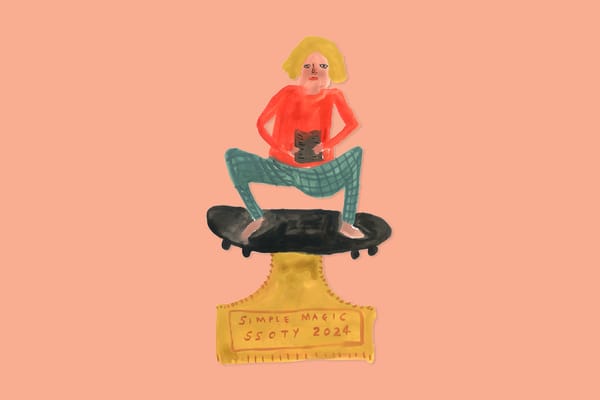
What I'm referring to is, at this moment, a much more relevant, pressing, and frightening year-end award: the Scariest Skateboarder of the Year.
To be crowned SSOTY in this lone newsletter segment, one's skateboarding must reach a level of risk-taking that leaves the viewer not just on the edge of their seat, gripping the cushion with clenching glutes, but genuinely afraid for the skater's well-being, and even their own — the line between skate clip and snuff film mere inches.
There is one skateboarder who, fittingly, as of a Halloween Day upload, stands head and shoulders above the rest of the field. That skateboarder is Kevin Baekkel, who closes out Creature Skateboards' latest feature Sever with one of the most incredible and incredibly terrifying displays of skateboarding in recent memory.
There are the many kinked and curving handrails with multi-storey drops that Baekkel could have plummeted down to his disfigurement, if not demise, had he messed up his cross-lock. The roll-in down a massive retaining wall at Oslo Airport, which serves as the Sever's YouTube thumbnail, is as awe-inspiring as it is ludicrous. And that's where the fear becomes the most acute in Sever: Baekkel's hill bombs.
Norway's most fearless son has no qualms about splatting, skidding, or skipping across the pavement at top speed. He's often seen in a bloodied heap at the bottom of some concrete mountain, the result of an attempted trick gone awry. Pieces of a person, a life, exchanged for a clip.
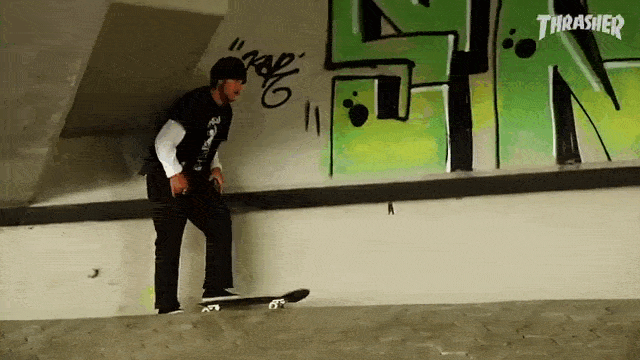
It's a fair deal for Baekkel, though. Living is measured by his proximity to death. And he's likely never been closer than his finale in Sever. Earlier last week, Thrasher published a feature on Andrew Fiene, GX1000's lankiest downhill maniac. The piece ends with two extreme stunts: Fiene doing a 100-foot bridge jump and a hill bomb down Los Angeles' Eldred Street, which SFGATE says is both the tallest and steepest street in California.
The hill is gargantuan. It is also in disrepair.

Fiene details the work that went into making Eldred skateable, but even with the most egregious cracks filled, one has to take a straight shot down the hill. Drifting to the left or right spells disaster. Really, disaster is all attempting this hill spells, unless you're Fiene — and now Baekkel.
Not only does Baekkel bomb Eldred, he grinds the 30-stair wooden handrail at its peak, rocketing himself into the hill's 33% grade.
Kevin Baekkel in Creature's Sever (2025)
A lot of unbelievable things have happened on a skateboard. The Great Wall of China was jumped on one. Chris Joslin did a 360 flip down 20 stairs, which we're sure to see the footage of any day now. If we were to compile a list, it would be long and cause one to sweat. But this, this trick might be at its top. Just scroll up and watch it again.
It's enough to stir reverence from those who've been one-upped.

Now, can someone get Baekkel a shoe sponsor, please?

Shoutout: Autumn
Rank: 1
Mood: 🍂🍂🧣🍂🍂
You know what's great? Wearing a scarf. What pairs perfectly with a scarf is, obviously, going for a walk on a crisp autumn afternoon, red, yellow, and orange leaves crunching underfoot. You might have to hunch your shoulders a bit, making your body smaller, more compact and protected against the cold, but it's worth it.
Because it's not just the scarf you have on, you're now permitted to indulge in layers. Jackets over cardigans over knit sweaters over t-shirts over undershirts over the tender flesh holding in your innards. This is both armour, comfort, and an opportunity to get increasingly detailed fits off.
What is better than that? Yeah, we've lost an hour of daylight and the snow or the rain is coming, wherever you are living, but in this brief window of time, there is a familiarity in the encroaching cold. Fingerless gloves make sense. Hot chocolate on an outdoor patio. Hug someone who is also bundled up — such warmth!
Rake the lawn, eat a scone, the season is now, and it's yours to own.

Something (good!) to consider:
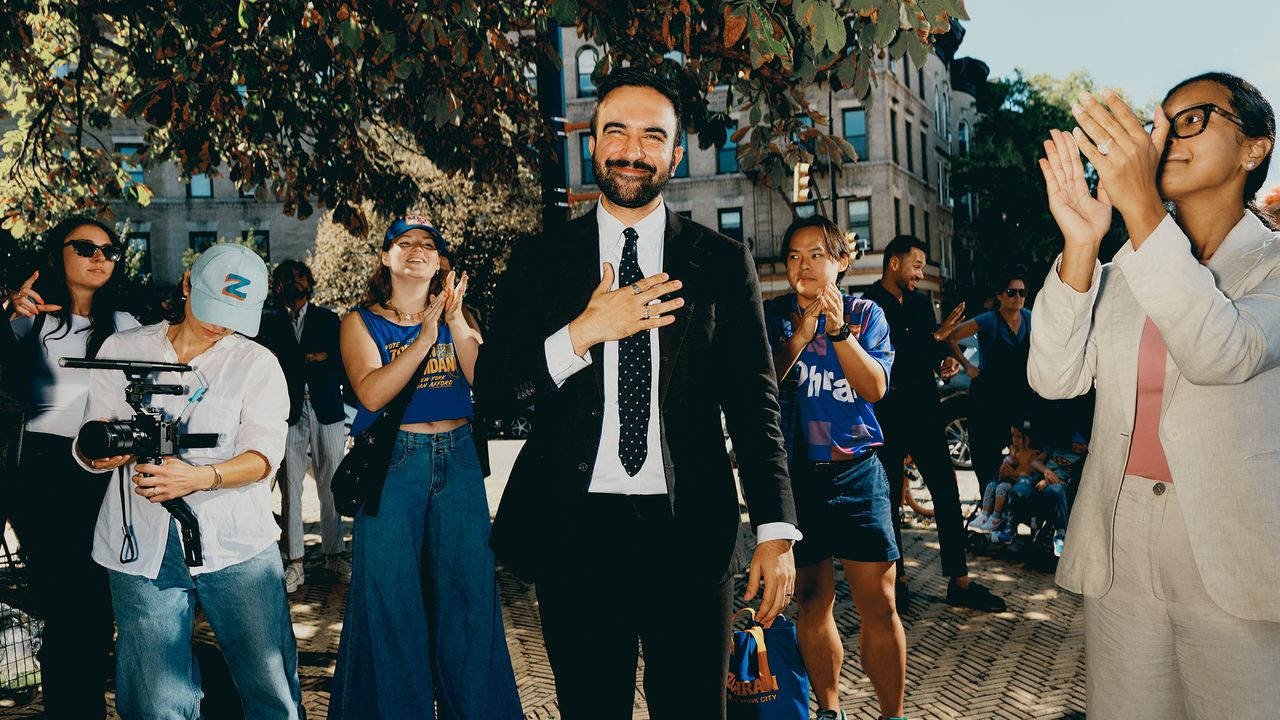
Good thing: 'sletter friend Farran Golding went long on Sandro Dias' big drop for Red Bull.
Another good thing:
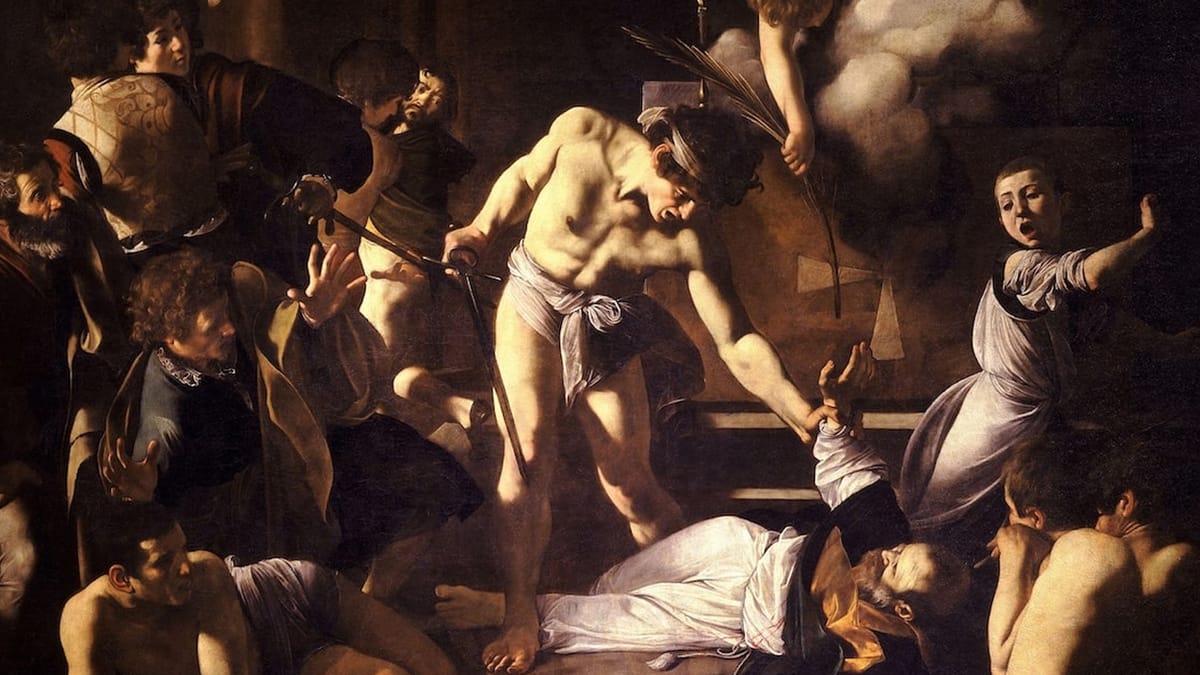
You bet, another good thing:
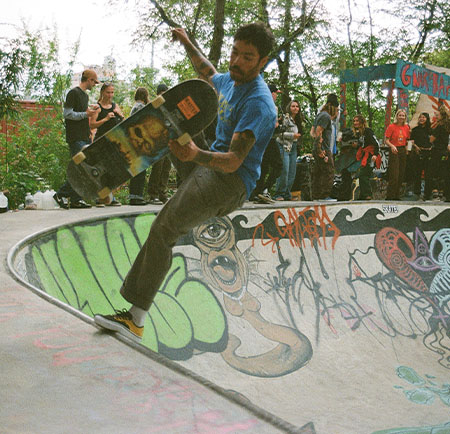
Goodbye Vaillancourt Fountain: 'sletter friends Max Harrison-Caldwell and Ted Barrow wrote and are quoted in this piece, respectively.

A speaking of Embarcadero thing: Jacob Rosenberg has a new book (set!) available for pre-order. Epicenter features a "112-page, cloth covered hard back photo book featuring 48 drum-scanned film photographs coupled with iconic frame grabs from 1990-1993, taken at Embarcadero, San Francisco."
That's paired with 160-page essay/interview book "featuring an introduction by Jacob Rosenberg, followed by original essays from Ted Barrow Ph.D, Anthony G. Pappalardo, and Kevin Wilkins. Round table interview with Mike Carroll, James Kelch, and Rick Ibaseta. One-on-one interviews with Steve 'Shrewgy' Ruge and artist Eric Merrell."

The thing looks beautiful.
Some things for those whose workplaces are shoving AI down their throats:

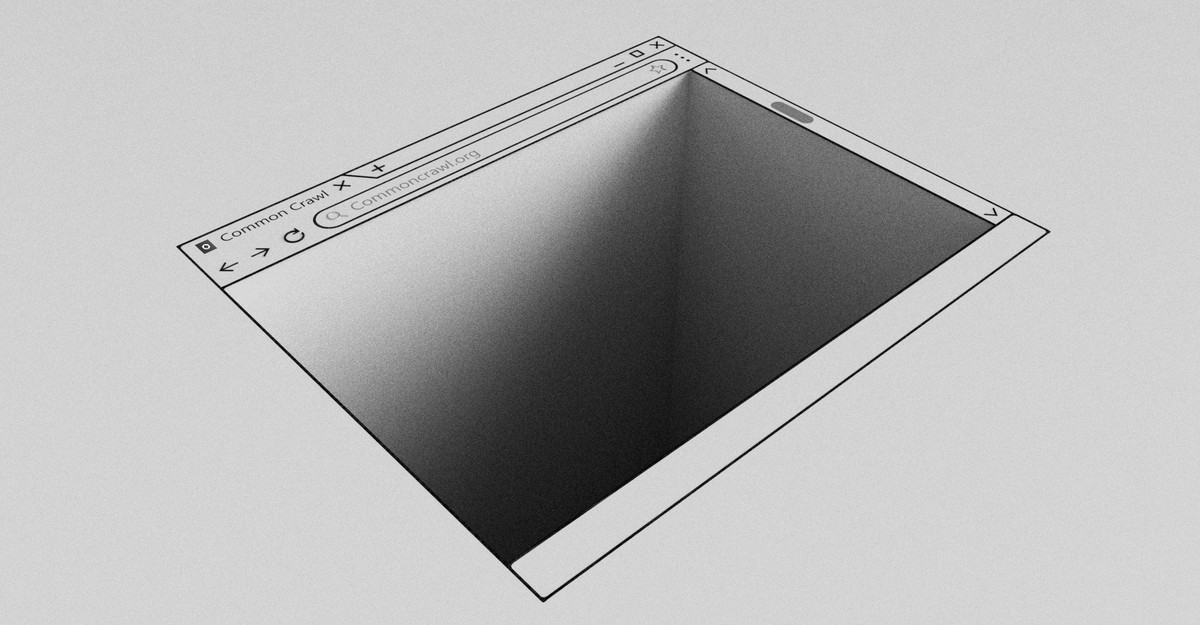
Until next week… make the biggest, weirdest sandwich you can think of. Take a photo of it and send it to your friends. Eat the sandwich.


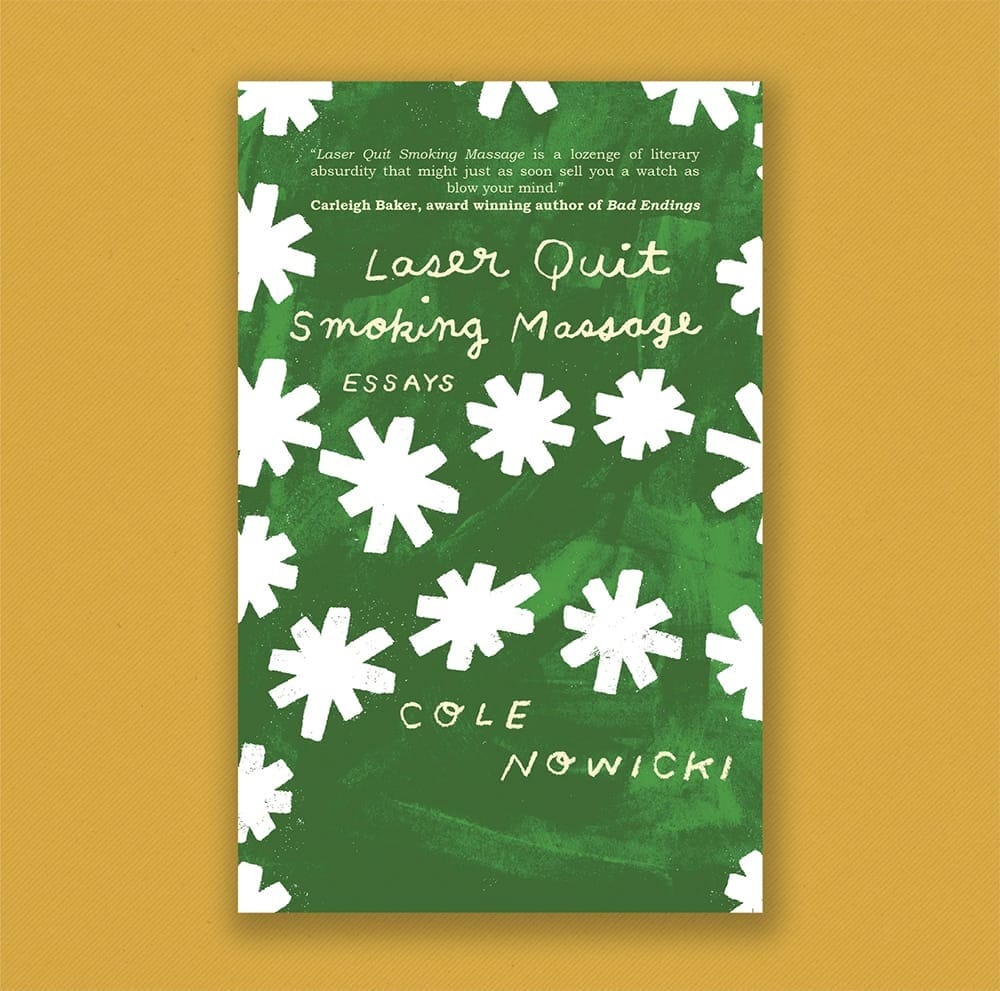
Laser Quit Smoking Massage
NEWEST PRESS
--------------------------------
A collection of essays that I think you might like. The Edmonton Journal called it a "local book set to make a mark in 2024," The CBC said it's "quirky yet insightful" (lol), and it won Trade Non-Fiction Book of the Year at the 2025 Alberta Book Publishing Awards.
Book cover by Hiller Goodspeed.
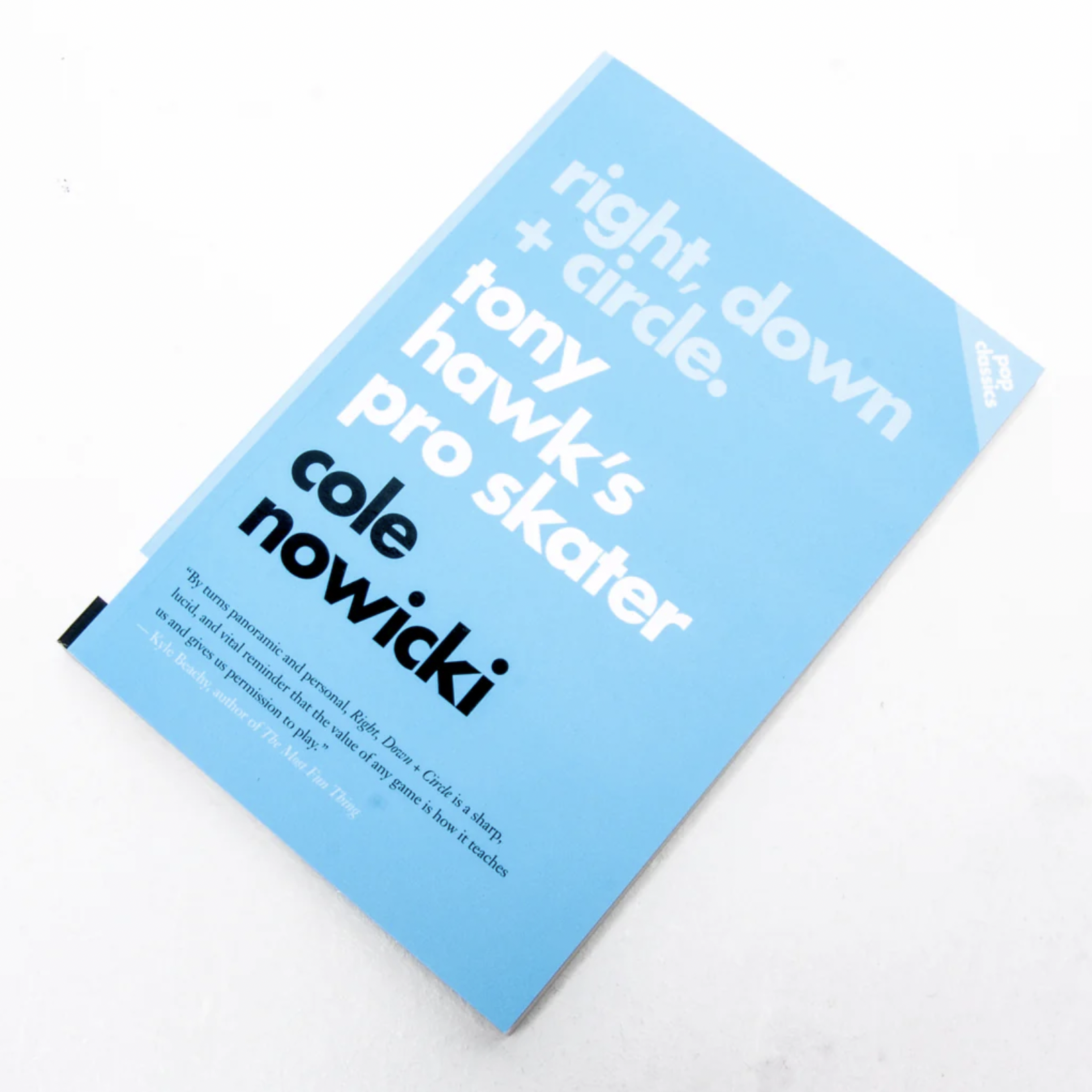
Right, Down + Circle
ECW PRESS
--------------------------------
I wrote a book about the history and cultural impact of Tony Hawk’s Pro Skater that you can find at your local bookshop or order online now. I think you might like this one, too.
Photo via The Palomino.


